Try These Hacks to Get Rid of Fruit Flies, Once and for All

"Hearst Magazines and Yahoo may earn commission or revenue on some items through these links."
Warm weather brings delicious summer produce. Not far behind is something not so welcome—fruit fly season, which can last through the summer and into early fall.
How do you get rid of fruit flies? The question ranks up there with how to prevent mosquitos and how to keep ants out of your kitchen, because fruit flies (not to be confused with also unwelcome drain flies) can be one pesky pest when they get in your house and start multiplying.
If you’re seeing fruit flies around your drain or a bowl of fruit, try these home remedies to help you get rid of them before you bring out the chemicals (you can even do it without apple cider vinegar). Even if you only have five minutes, there’s a solution to get rid of fruit flies fast.
What causes fruit flies in the house?
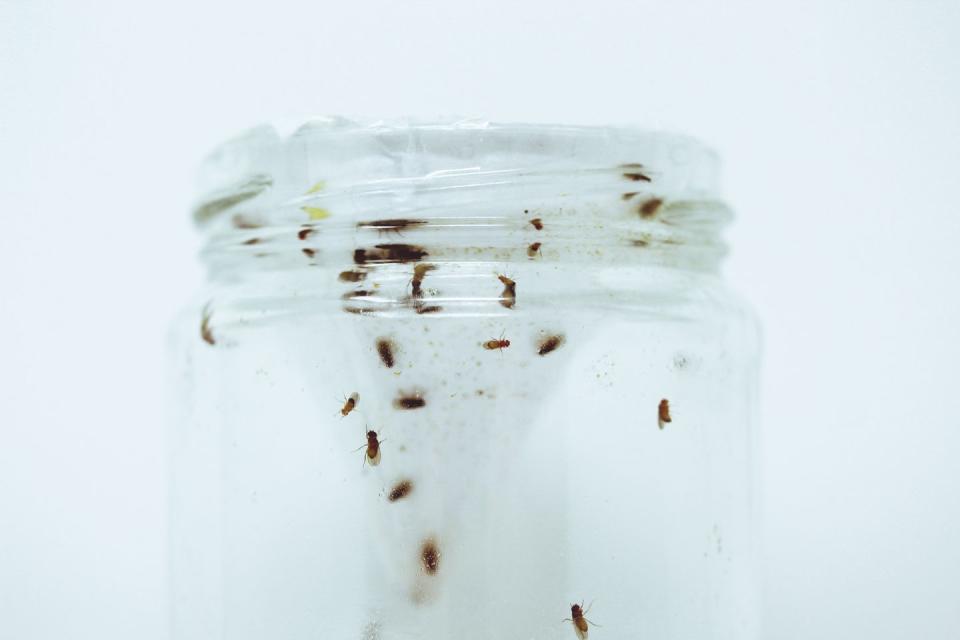
It may seem that fruit flies pop up out of nowhere, but there’s more to it than that.
“In the summer months when it’s warm and many plants are fruiting, fruit flies come out of diapause [a hibernation-like state during which they can survive a long time at low temperatures] and breed in high numbers,” explains Dr. Laurie Stevison, associate professor in the Department of Biological Sciences at Auburn University. “We also have many crops we produce in summer months, as well as fruits and vegetables we bring into our homes.”
Once they hitch a ride inside, the fruit flies are attracted to overripe and rotting fruits (and some vegetables), and they thrive on high-fructose substances. “As fruits age, the fermentation process begins to break them down. This process creates alcohols and vinegars that attract fruit flies, but also makes them less appealing to us,” Dr. Stevison continues.
“Just like humans, the flies select an environment that is best for their children. So, think of rotting fruit like the hunt for the best schools! This provides a rich source of nutrients for them to lay their eggs.”
It’s important to take action as soon as you see the very first fruit fly.
“A single mated female can lay over 100 eggs,” Dr. Stevison says. “These take about 10 days to hatch as adults. This means if you miss trash day, then you can expect a big swarm of fruit flies before the next week. Also, if you ignore a few fruit flies because you are busy, it can become a BIG problem very fast.”
So, take note: Your cleanup clock starts immediately. Pronto. No waiting.
What is the fastest way to get rid of fruit flies?
Step 1: Clean
Fruit flies hate clean surfaces, so clear off all of the clutter and wipe down your countertops as well as your sink. Trust us: If you skip this step, you’ll be fighting a losing battle against the bugs.
Throw out too-ripe or rotting produce. Check all fruits and vegetables for rot, decay, or overripeness. Dispose any questionable pieces to avoid female fruit flies from laying their eggs on these surfaces.
Clean all surfaces. Thoroughly wipe down all countertops. If you don’t, these spots become the perfect place for fruit flies to breed.
Take out garbage regularly. This might seem like a no-brainer, but a clean house is a pest-free house. Taking out the trash will prevent bugs from lingering.
Clean your drain. Keep sink drains free of food particles and residue as best you can.
Step 2: Set a trap.
Since fruit flies are drawn to rotting fruit, says Dr. Stevison, “vinegar, a byproduct of the fermentation process, sets a perfect trap. Apple cider vinegar is probably best, but in a bind, beer or wine will work well, too!”
Apple Cider Vinegar and Dish Soap Trap

This is Dr. Stevison’s recommended method. While the apple cider vinegar attracts the fruit flies, the dish soap keeps them stuck. “Mix about 2 ounces, a full shot glass, of the vinegar with some dish soap and place it in a container,” she says. For the container, she advises something with a narrow opening and wide base—think an empty soda or beer bottle. No empty bottles on hand? Cover a casserole dish with plastic wrap and make small openings in the top to create entrances to the trap. “Leave it open, or even add a funnel, and watch the flies come to you,” she says.
Apple Cider Vinegar and Plastic Wrap Trap
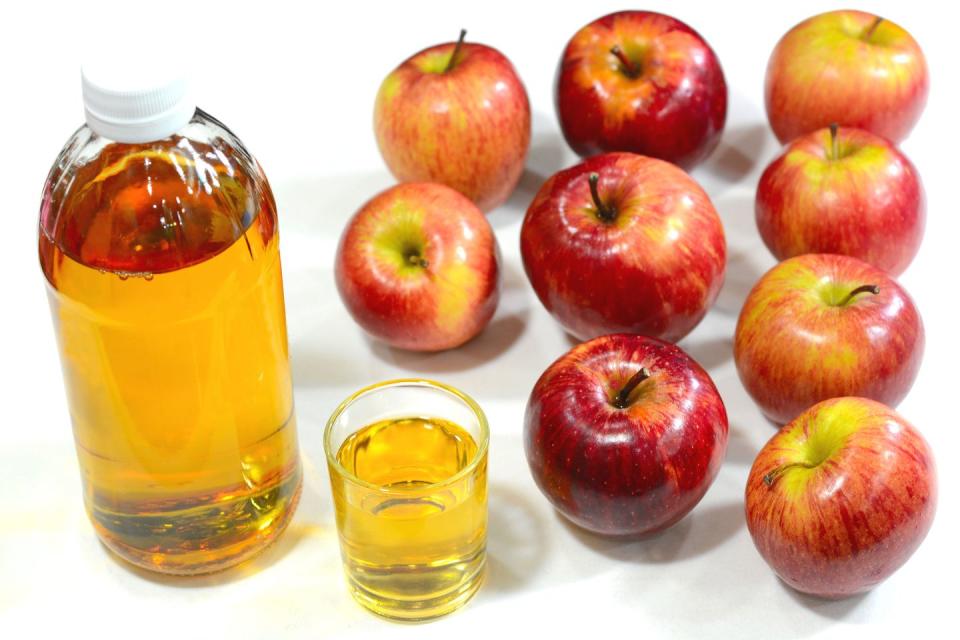
Fill a bowl or glass with apple cider vinegar, cover with plastic wrap, seal the edges with a rubber band, and poke tiny holes in the top. The vinegar will attract the fruit flies, and once they’re inside, they won’t be able to escape the plastic wrap barrier.
Water Trap for a Sink Infestation
You may also see fruit flies in your sink, says Dr. Stevison. “For this problem, you can pour hot water down your drain, then cover it and fill it with water as if you were going to wash dishes. Leave the water in the sink overnight to kill the flies by depriving them of oxygen,” she says.
What If I Don’t Have Apple Cider Vinegar?

Try the beer or wine trap. Leave a bottle of old wine or beer out near where the fruit flies were spotted. They’ll be lured in by the stale beverage, but the narrow neck of the bottle acts as a natural barrier to keep them trapped.

Or try this homemade spray to kill fruit flies: In a small spray bottle, add 2 ounces of hot water. Add 10 drops of lemongrass essential oil. Spray this mixture on fruit flies as you see them (check windowsills and kitchen counters).
I want to try a chemical remedy. What spray will kill fruit flies?
Try a chemical fruit-fly spray. When cleaning and household remedies aren’t working, buy one of these top-rated products to eliminate fruit flies once and for all.
FlyPunch Non-Toxic Fruit Fly Trap
This product is simple: Flip open the top, and let it sit for up to 30 days. A mixture of sodium lauryl sulfate and malic acid gets the job done.
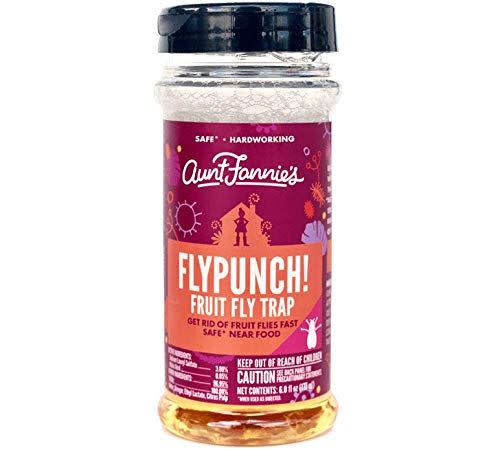
FlyPunch Non-Toxic Fruit Fly Trap
amazon.com
$7.98
AmazonKatchy Indoor Insect Trap
"This definitely works to help control indoor fruit fly invasions," reads one review of the product on Amazon. "If you have a significant fly issue, you will probably need more sticky discs in a week."
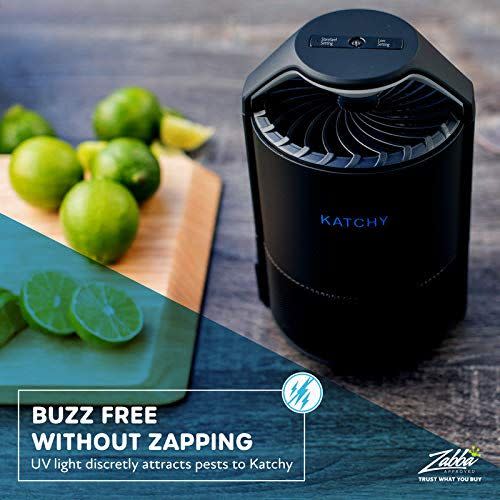
Katchy Indoor Insect Trap
amazon.com
$41.99
Fruit Fly BarPro Fly Strips
This product "guarantees" the elimination of fruit flies, along with cockroaches, spider mites, gnats, mosquitoes, and silverfish. Its time-release technology works for four months.

Fruit Fly BarPro Fly Strips
amazon.com
$11.49
Amazon PrimeEco Defense Home Pest Control Spray
This product is a little stronger than a DIY solution and claims to "naturally" kill pests with non-toxic ingredients.
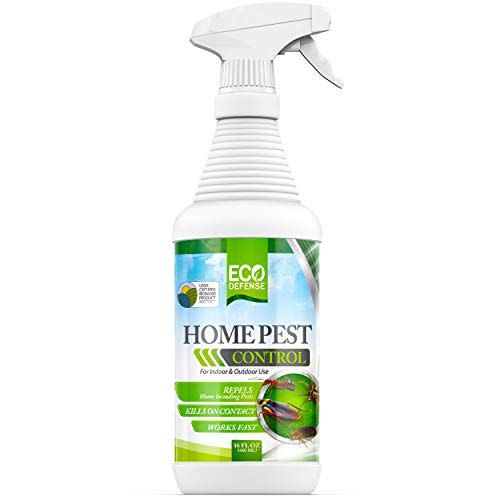
Eco Defense Home Pest Control Spray
amazon.com
$19.95
Amazon Prime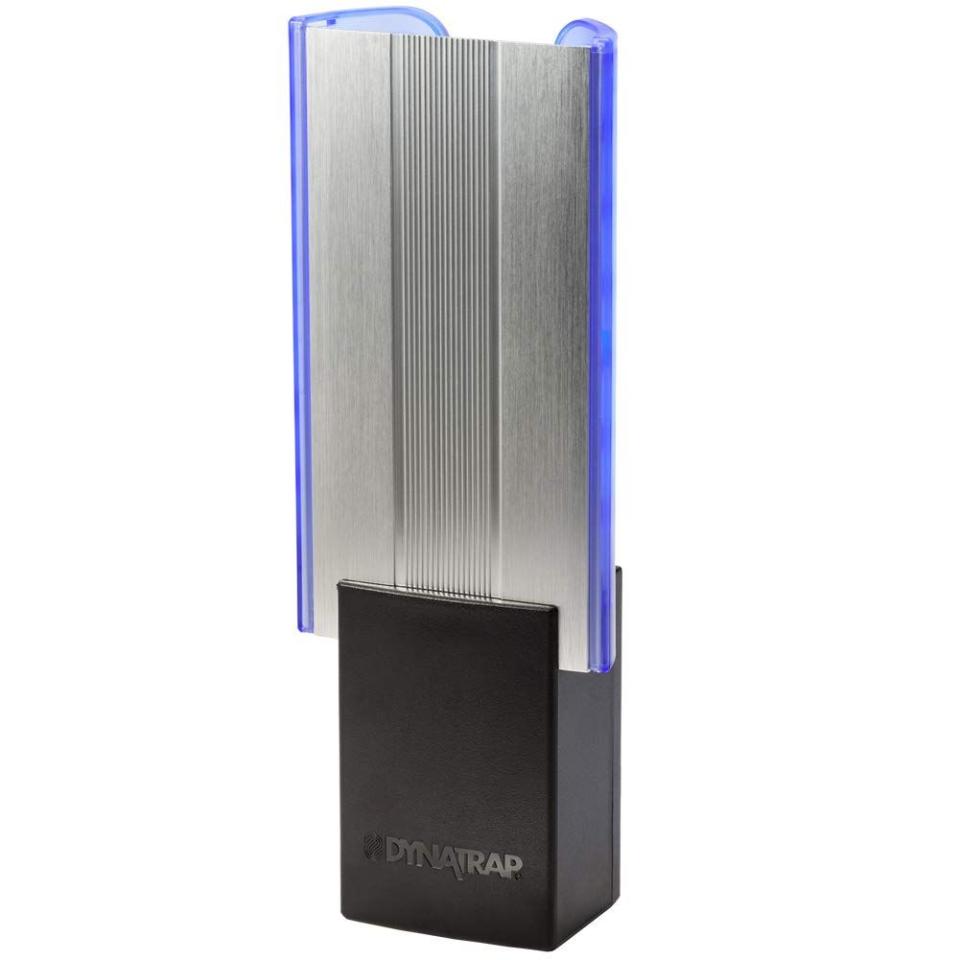
DT3009-1003P Flylight Indoor Plug-In Fly Trap
amazon.com
$42.99
Will fruit flies go away on their own?
Fruit flies have a short lifespan of about two weeks, but unless you stop the cycle of egg-laying and hatching, you will continue getting more as long as the infestation continues. The population will dwindle once temperatures cool off, but while you can wait them out, there are two reasons not to: (1) They can transfer bacteria. (2) Remember what we learned about diapause, that hibernation-like state in which fruit flies can survive a long time at low temperatures.
What’s the difference between fruit flies and gnats?
If you spot little black bugs flying around, the first thing you want to do is identify the bug. It’s easy to confuse fruit flies and fungus gnats, a common lookalike. Gnats tend to be gray or black, while fruit flies range from light tan to reddish orange and brown. Fruit flies have a taste for too-ripe fruit and other produce and thrive on high-fructose substances. Fungus gnats, on the other hand, live in soils and on plants, so if you think you’re spotting those, the issue may not be in your fruit bowl.
You Might Also Like

